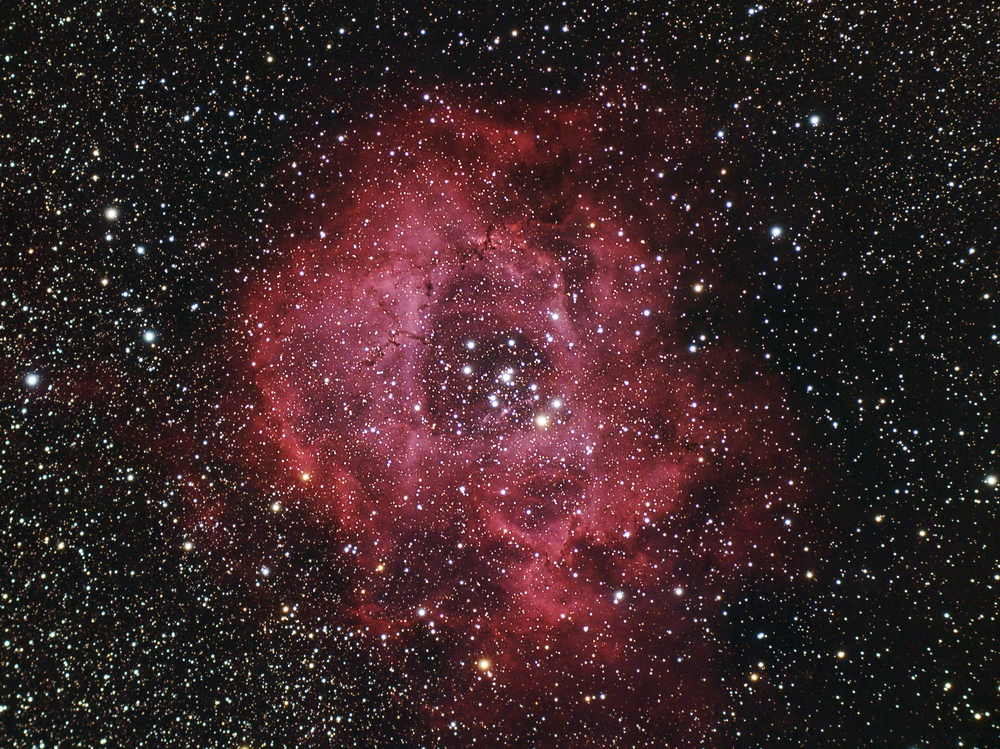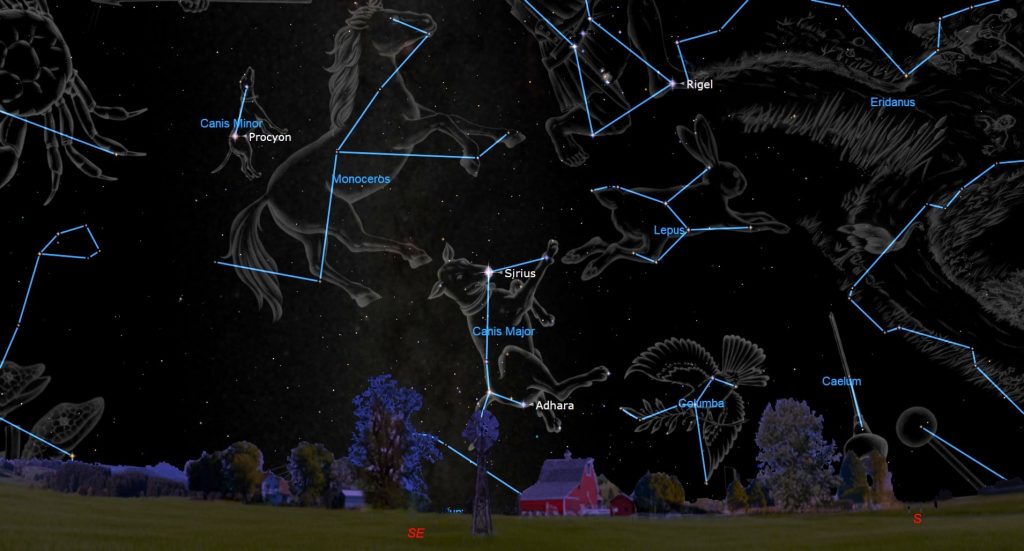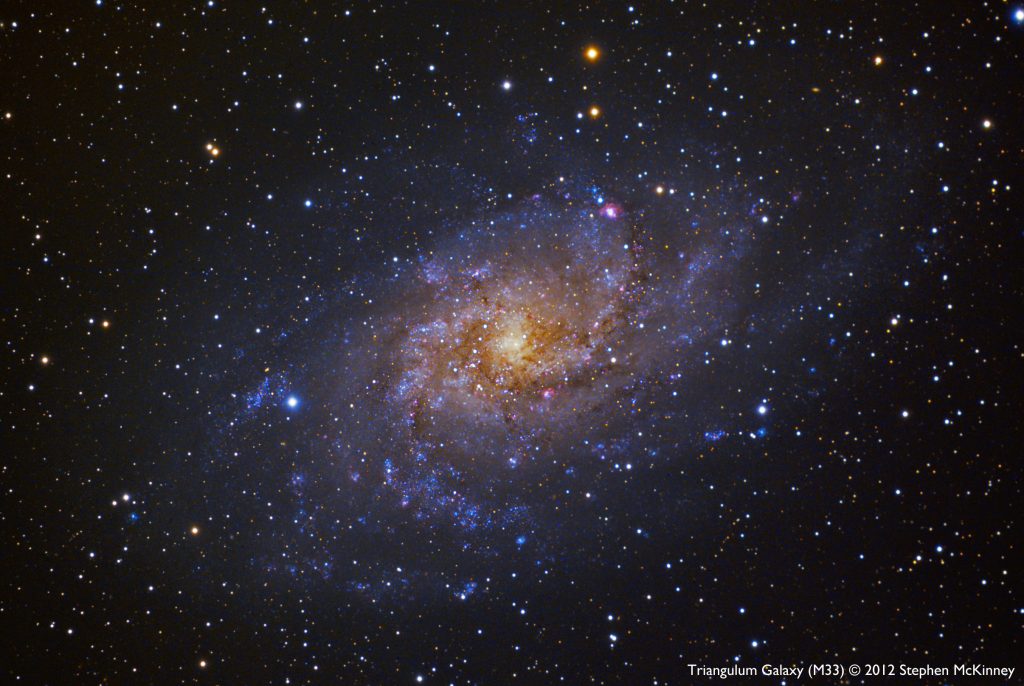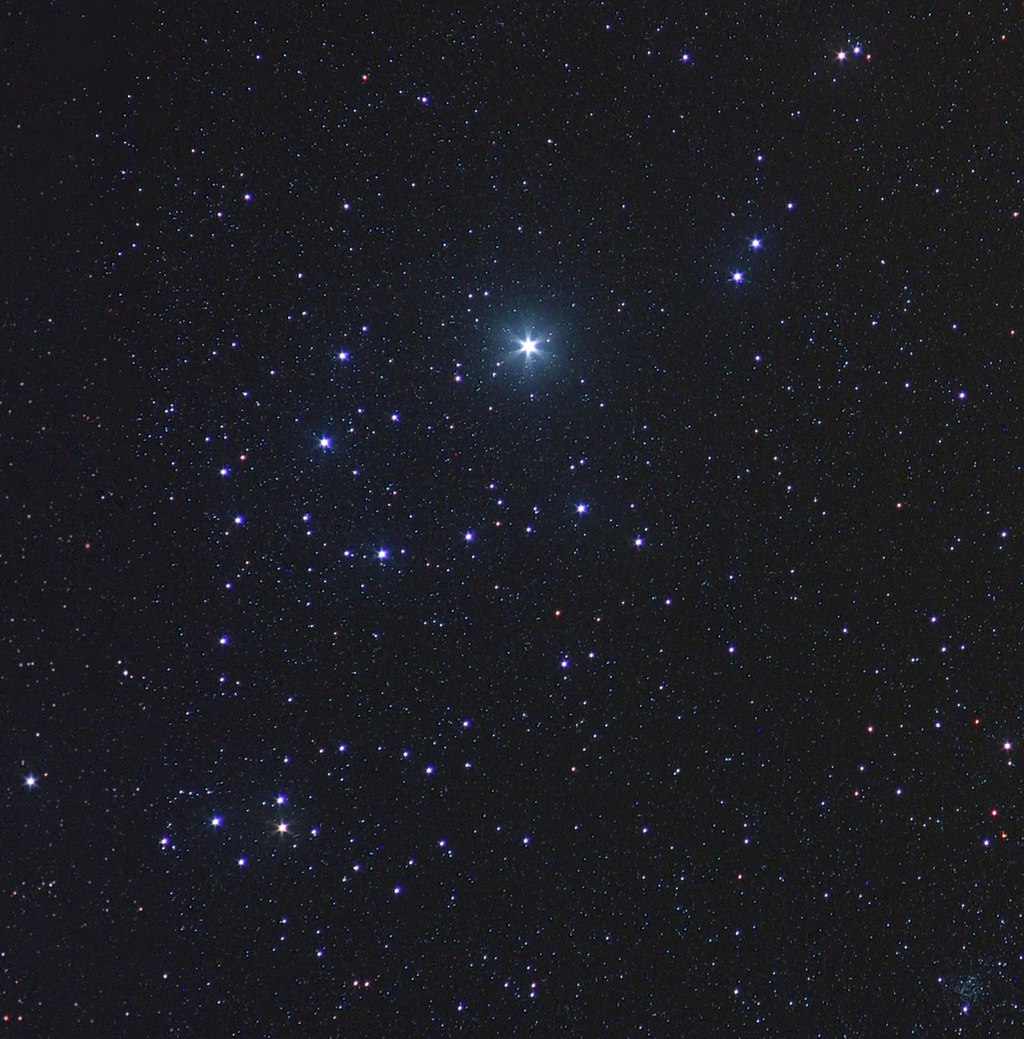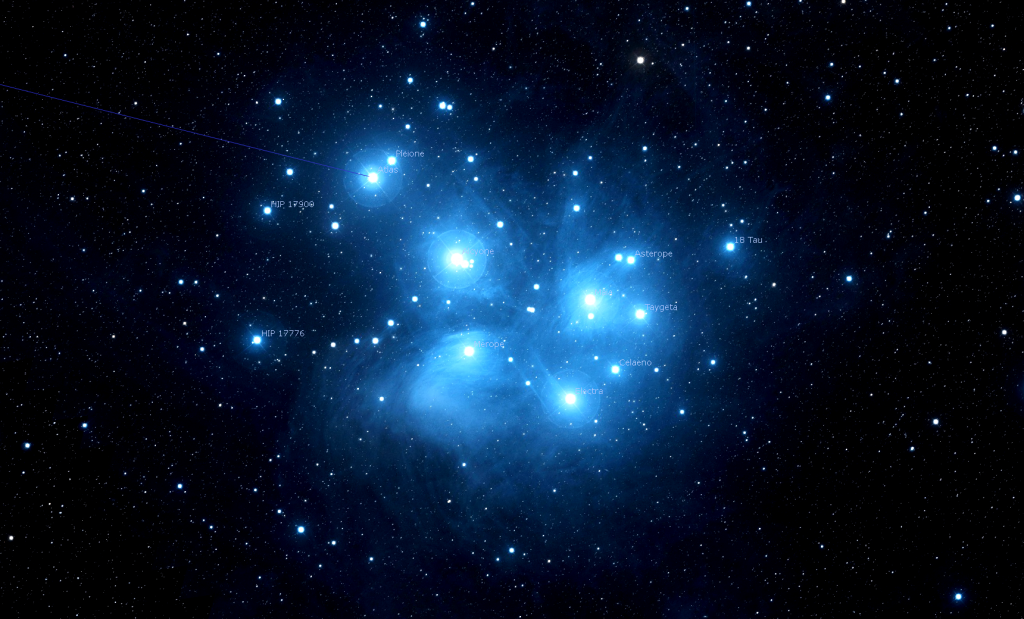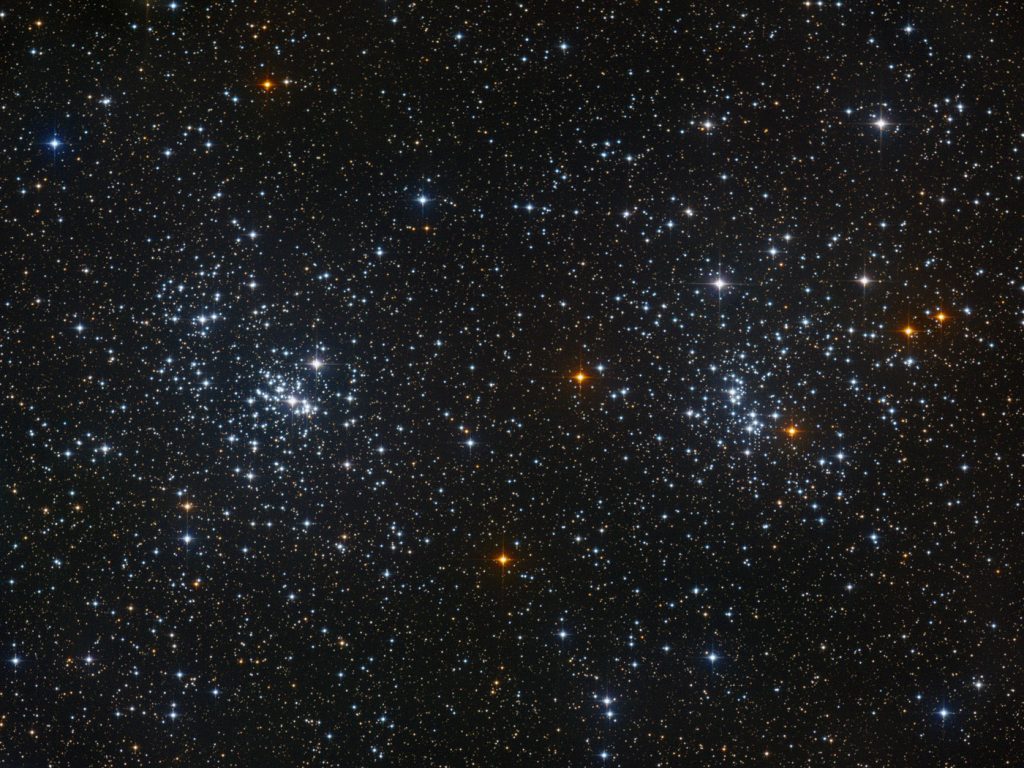The Equinox Begins Spring, Venus Gleams in Evening, and Some Dark Sky Faves Before the Junior Moon Joins Planets!
The beautiful Rosette Nebula in Monoceros consists of a circular patch of glowing hydrogen gas and an internal star cluster, created as the hydrogen gas collapsed. Stan Noble tool this image, which was featured as the SkyNews picture of the week for November 3, 2017, in Aneroid, Saskatchewan. The image spans about two finger widths…
Read more
